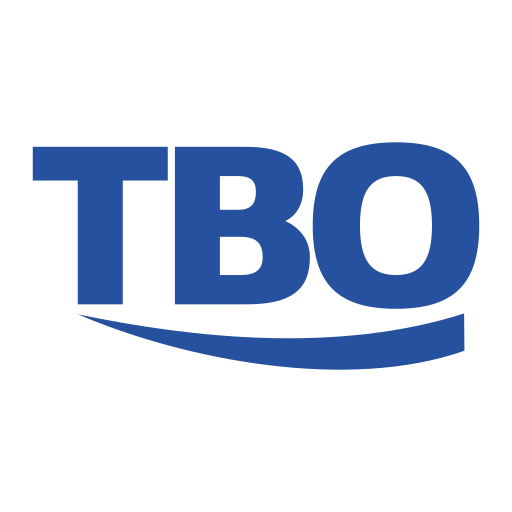
Originally created for manufacturers, ERP systems remain the most useful software for corporations related to creating goods, delivering them, and reviewing feedback from clients. Despite the growing functionalities of ERP apps which include now accounting tools, HR services, support/maintenance modules, and CRM, the software is still widely used in all manufacturing-oriented industries.
Globally, the ERP market is growing constantly. Statista reveals the expanding revenue of ERP which is predicted to be more than $310 billion by 2022. Manufacturing teams are responsible for a major part of this success because they utilize ERP apps from the first days of this strategy. But how exactly ERP save businesses and how it should be developed? Let’s take a look.
What is Manufacturing ERP?
Basically, ERP covers a pair of aspects: strategy and software. The former includes organizing the company’s core cases with a focus on automation and integration. Hence, the latter includes all apps designed to meet these goals. However, now ERP is widely recognized as all-in-one enterprise-grade software solutions which gather data from all branches using standards and common storages.
There are various classifications of ERP apps which divide them into out-of-the-box and bespoke, paid and free, stand-alone and cloud-based, SMB-oriented or large etc. The next scheme features ERP tiers:
- Tier I – for global MNCs and government teams, works with various currencies, languages, data types, and business rules.
- Tier II – for big transnational companies without worldwide reach and governments, has a lower level of globalization.
- Tier III – for mid businesses, supports interactions with several partners but mostly focuses on one region.
- Tier IV – for small brands, comes with basic features like accounting and task planning but doesn’t include advanced SCM or CRM tools.
Why Software is Useful for Businesses?
Manufacturers have to handle several tasks simultaneously but, mainly, they focus on in-time delivery of quality goods. Using ERP, corporations are able to spend less time and money on a daily routine, speed up data flow, and boost UX.
According to this study, the first thing you should to do is to define the needs of the corporation. It’s important to properly analyze workflows inside the company to find ways to optimize them. Often, it happens that managers realize that they don’t need ERP at all after conducting in-depth research. Nonetheless, it’s better to realize the potential usefulness of the reviewed applications and their relations to existing business tasks.
The most valuable benefits relate to the following stuff:
- Automated processes. Apps create invoices and track the product’s development status without human control. Instead, manufacturers can get info about production, contact suppliers for extra materials or pass tasks to salesmen who will deliver finished goods to end users.
- Quick response. Thanks to analysis, businesses get updated in real time market data and react to changing conditions. As well, customer relations teams respond to these changes and start promoting fresh products. ERP apps help when you want to enter a new market or start creating new goods.
- Customer experience. Perfect coordination of different branches and momentous access to data allows in-time delivering. Forget about the lack of products desired by your clients. Be sure that mistyped order data will no longer appear in your forms. And discover the world of personalized sales with ERP.
More elaborate approaches feature advanced data gathering (about raw materials, creation, supplying, shipping, accounting etc.), BI (with a thorough analysis of data patterns and reliable forecasts of risks, products’ usage, and clients’ needs), and compliance (to national and industrial rules). Combined, the mentioned strengths cut expenses greatly.
How to Deploy ERP Successfully?
The deployment process is crucial for ERP success. Most of all brands which use the software don’t have enough in-house experts to design their own application. Thus, they have to order a ready-made solution or partner with custom teams. Regardless of the chosen path, you will face five key stages:
- Approving where top managers should agree with the need for implementation, approve the idea, and find funds.
- Planning where stakeholders should form the implementation team, introduce schedules and costs, and sign contracts with developers/suppliers.
- Configuring where ERP authors analyze the company’s functions, approve modules and functions, create MVP, migrate data, and conduct QA.
- Installation where creators test the system and teach your staff how to work with ERP. Here, the final launch occurs, obviously.
- Maintaining where staff deals with performance issues during the switching period, analyzes ERP efficiency, and fixes unspotted bugs.
Who Are the Best Developers?
Long story short, the best ERP provider is one which meets all of your wishes. If you need a basic accounting tool to track transactions from suppliers/shippers/clients, then even plain prepackaged apps will be enough. But if you have to handle multinational distribution of weapon or aerospace-related products, then be sure to choose a perfect solution with great security.
Overall, developers that design apps from scratch can deal with any needs by analyzing your manufacturing stages and adapting market best practices to them.

